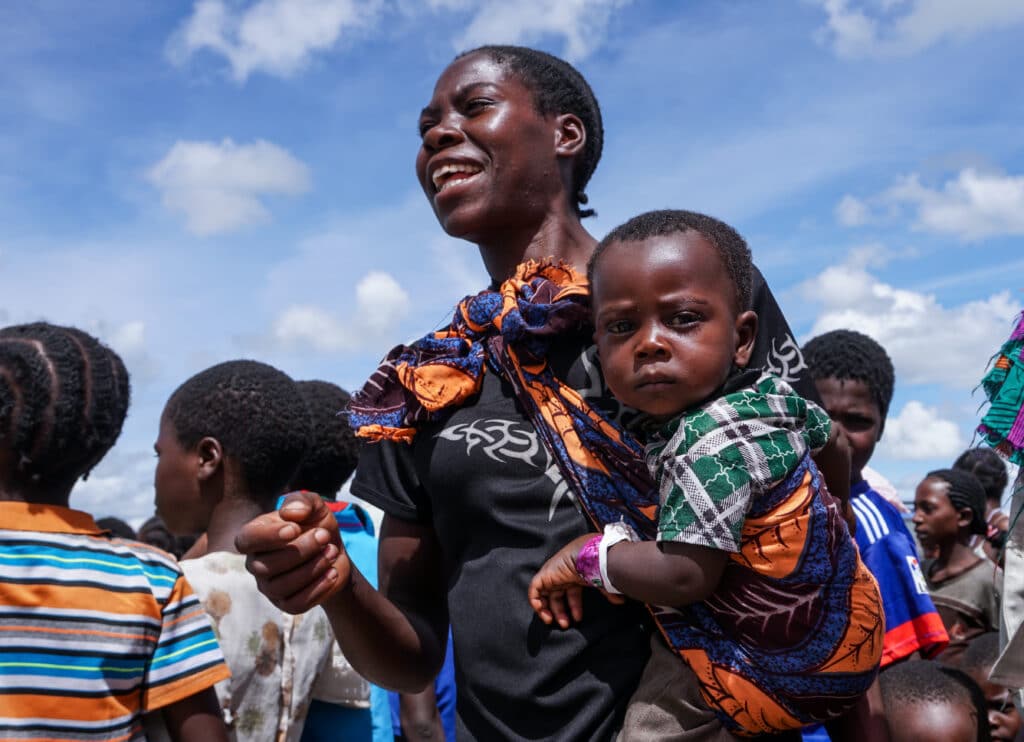Zambia says using multiple strategies to meet 50 percent birth registration goal by 2026

Zambia is currently at a point of transition where it is moving from extremely limited birth registration to universal registration targeting every child, ahead of a digital ID rollout the country plans by 2027.
This is according to the Registrar General of the Department of National Registration, Passports and Citizenships, in the Ministry of Home Affairs and Internal Security, Davies Chikalanga.
Zambia has one of the lowest birth registration figures in Africa, with just 14 percent of birth registered as of 2024, according to UNICEF. The government aims to take the rate to 50 percent by the end of 2026.
In an interview with Biometric Update at the ID4Africa 2025 AGM, Chikalanga stated that the Zambian government is deploying unwavering efforts to transform its civil registration system through digitization and policy integration in order to meet its set objectives.
He said with robust backing from the government and international partners, coupled with a strategic roadmap and an imminent digital ID rollout plan, the country is positioning itself to meaningfully improve legal identity coverage for its 21 million citizens.
“We are now at a stage where we need to fully take off and reach the level which other countries have already attained. Based on what we’ve seen here [at ID4Africa AGM], we have no choice but to follow that path,” Chikalanga said, highlighting the global trend where countries are increasingly digitizing their birth registration and identity systems to increase enrollment.
“This is a global revolution, and no country can afford to be left behind. Digitization must include IDs, passports, birth registration, and death registration. That is the full scope of registration services that need to be digitized in our country order to fully realize the benefits of digital transformation,” he said.
While acknowledging the difficulties which Zambia has faced over the years, Chikalanga noted that strategic actions are being taken to reach a new birth registration milestone.
“We’ve already accomplished quite a lot. As I said, we’re working to move forward from where we currently are. We’ve already captured a significant portion of the population and plan to continue expanding coverage. Now, we have a clear roadmap, and our aim is to have digital IDs in place for the population by the end of 2027,” he said.
He went on: “It’s not entirely new on the continent that birth registration has historically been under-prioritized. Birth certificates were not commonly issued, but now they’ve become a necessity worldwide. Zambia recognizes the importance of reaching a certain threshold of registration coverage.”
Only six percent of children registered at birth in Zambia have a birth certificate, but the government wants this to change.
“To reach this goal, the government has included birth registration in its development agenda. We are employing multiple strategies to register as many people as possible and to ensure that they receive birth certificates that will be useful throughout their lives.”
UNICEF has advised the government to take a litany of measures to improve birth registration including introducing legislative reforms, linking up health facilities with the civil registration system, increasing funding for birth registration services, ensuring the availability of important equipment, and making birth registration the foundation of its national digital ID program.
To Chikalanga, birth and death certificates are not just pieces of paper, but they are essential because they lay the foundation upon which the government can make informed decisions and plan for the future.
In April, Zambia launched a three-month campaign intended to register around 3.5 million people for national ID documents, namely birth certificates and National Registration Cards (national ID cards).
The country has funding assistance from the World Bank for the implementation of a digital public infrastructure (DPI) program that aims to streamline the delivery of public and private sector services.
Article Topics
biometrics | birth registration | digital identity | ID4Africa | ID4Africa 2025 | Identification for Development (ID4D) | legal identity | SDG 16.9 | UNICEF | Zambia







Comments